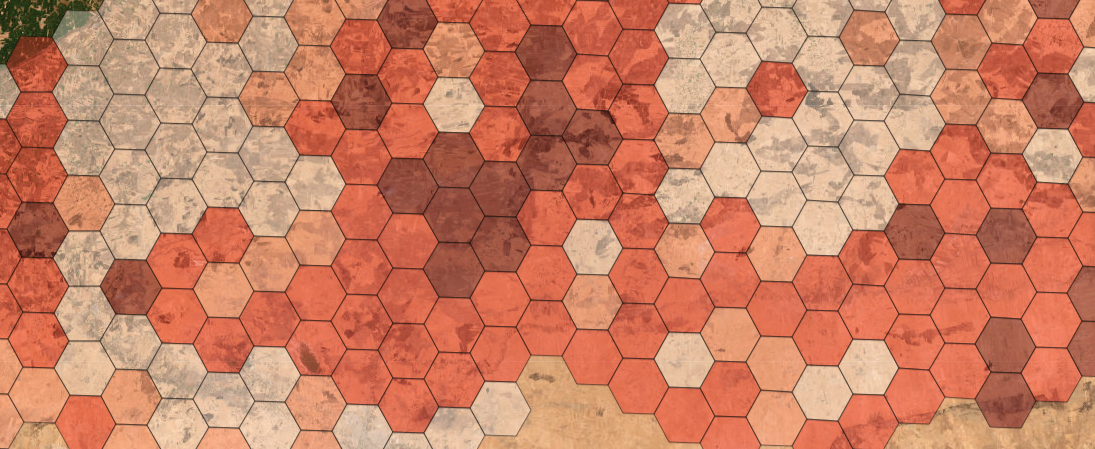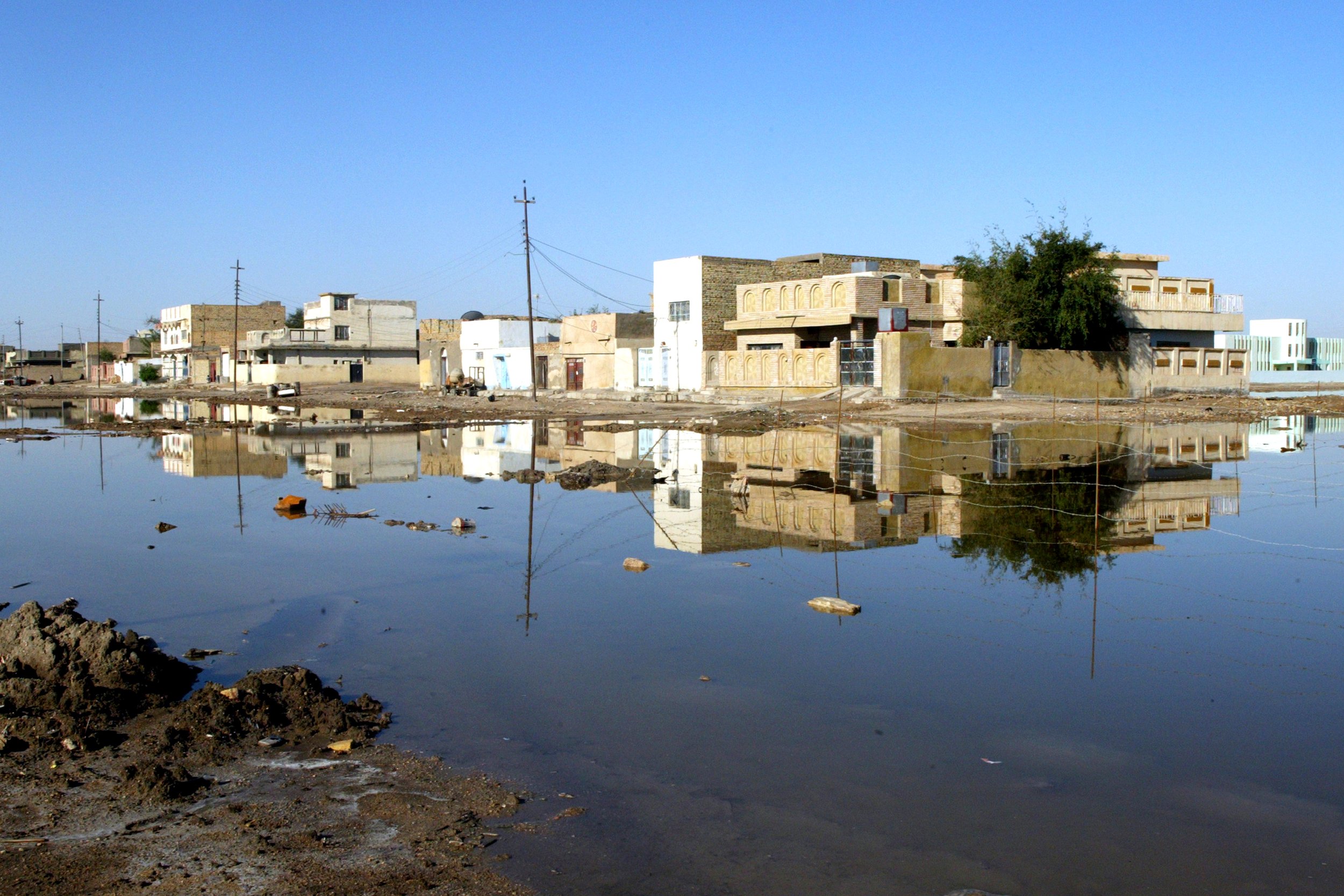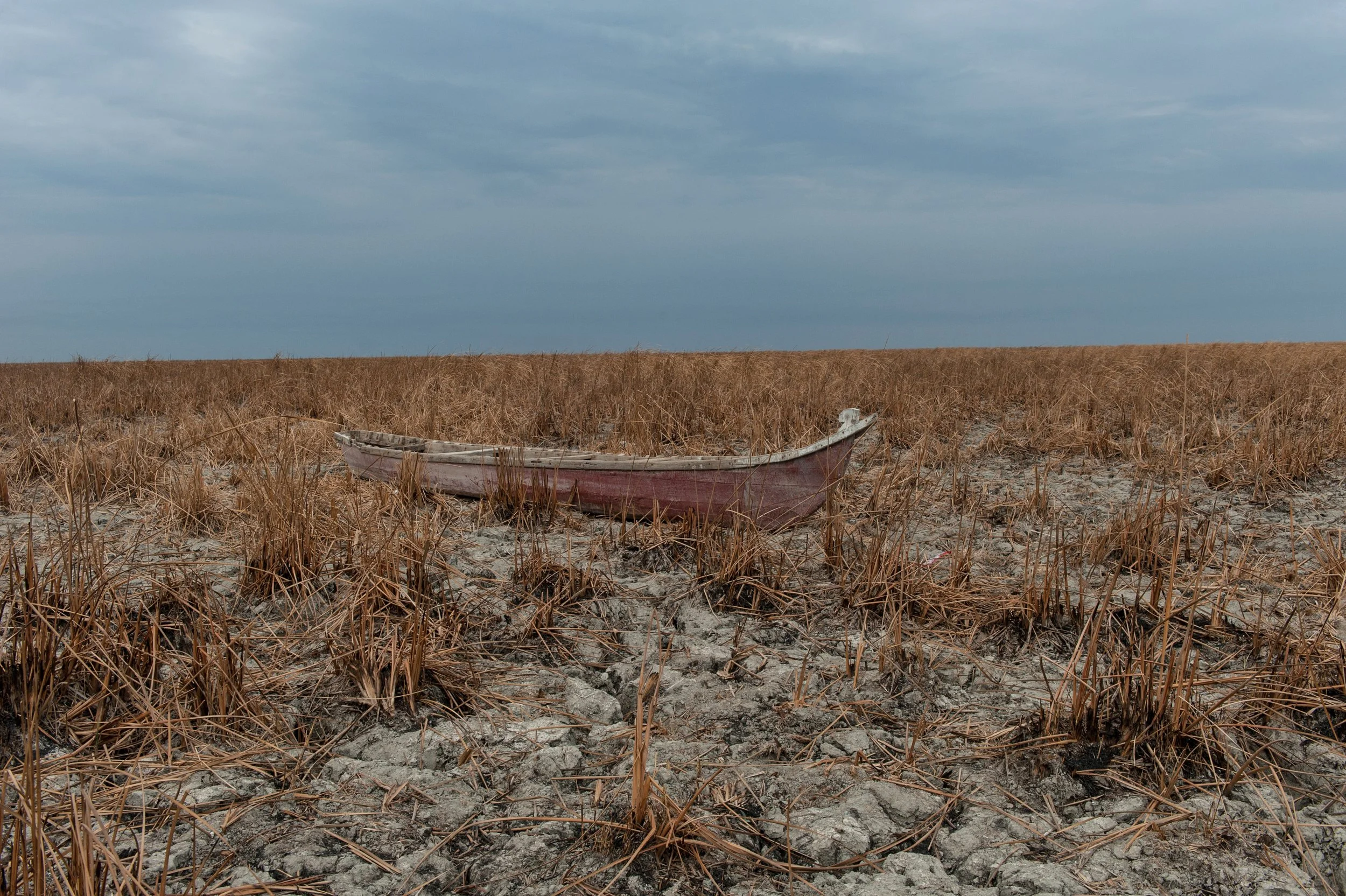
MEACAM Reports
The Middle East Anticipatory Climate Action Model (MEACAM) is an online platform that provides geographically disaggregated agricultural drought and flood predictions, and estimates of how many people, communities, and internally displaced person (IDP) camps will be affected by these events. Currently, the platform provides national-level coverage of drought and flooding hazards for Iraq, Syria, and Yemen. MEACAM is funded by the European Union. Views and opinions expressed are however those of the author(s) only and do not necessarily reflect those of the European Union or DG ECHO. Neither the European Union nor the granting authority can be held responsible for them.
Communicating MEACAM Forecasts in an Early Warning System
MEACAM research report
November 2025
This report reviews the communication component of an Early Warning System, and outlines how the MEACAM’s agricultural drought and flood forecasts can be communicated in an Early Warning System (EWS). This report is intended to serve as a roadmap to guide potential integration of MEACAM’s early warning information in a future centralized EWS in Iraq, Syria, and Yemen.
The report begins with an overview of the pillars of an EWS and then explains the steps for communicating hazard alerts. Specifically, how to organize hazard alerts, leverage different communication channels, manage information flow, and define the governance of alert dissemination. This section also relates MEACAM early warning information to standardized alerts. The paper concludes with a summary of progress made towards a centralized EWS in Iraq, Syria, and Yemen, based on in-country engagements with key stakeholders by the MEACAM team.
Connecting MEACAM Early Warning Information to Anticipatory Action and Disaster Risk Reduction Interventions
MEACAM research report
October 2025
Connecting MEACAM Early Warning Information to Anticipatory Action and Disaster Risk Reduction Interventions explores how MEACAM’s agricultural drought and flood forecasts can be used to trigger early action interventions once integrated into an Early Action Plan (EAP) or national and regional early warning systems. It begins with a comprehensive overview of early action and disaster risk reduction (DRR) interventions that have been implemented to mitigate the impacts of drought and flooding, and also reviews the trigger mechanisms and aid interventions specified in existing EAPs across the Middle East and globally. The paper then proposes hypothetical early action triggers for agricultural drought and flooding—based on MEACAM’s predictive outputs—to illustrate the model’s current utility and to encourage further collaboration on refining trigger mechanisms and harmonizing data sources among aid actors in all three contexts. Ultimately, the report provides a foundation for embedding MEACAM within humanitarian and DRR initiatives aimed at mitigating the impacts of agricultural drought and flooding in Iraq, Syria, and Yemen.
Floods in focus
MEACAM research report
April 2025
Floods in Focus provides a high-level overview of flash and river flooding in Iraq, Syria, and Yemen, including recent trends and its impact on displacement. The report contains river flood vulnerability maps, flood-induced displacement trends, and context-specific flood vulnerabilities identified by local key informants. The technical specification of the MEACAM flood prediction model and thresholding approach are also outlined.
The paper is intended to provide a broad overview of flash and river flooding and its human impact. The paper also identifies areas most vulnerable to river flooding and heavy rainfall, which would benefit the most from the MEACAM platform’s flood predictions to inform an early warning and/or early action.
Drought in focus
MEACAM research report
April 2025
Drought in Focus’ is the first of four research papers produced by Mercy Corps’ Crisis Analysis for the Middle East Anticipatory Climate Action Model (MEACAM) project. This paper provides a high-level overview of agricultural drought in Iraq, Syria, and Yemen, including recent trends and their impact on displacement. Field interviews were conducted in northeast Syria which provide examples of positive and negative coping mechanisms for agricultural drought in the region. The technical specification of the MEACAM agricultural drought prediction model and thresholding approach taken to identify agricultural drought are also outlined.






